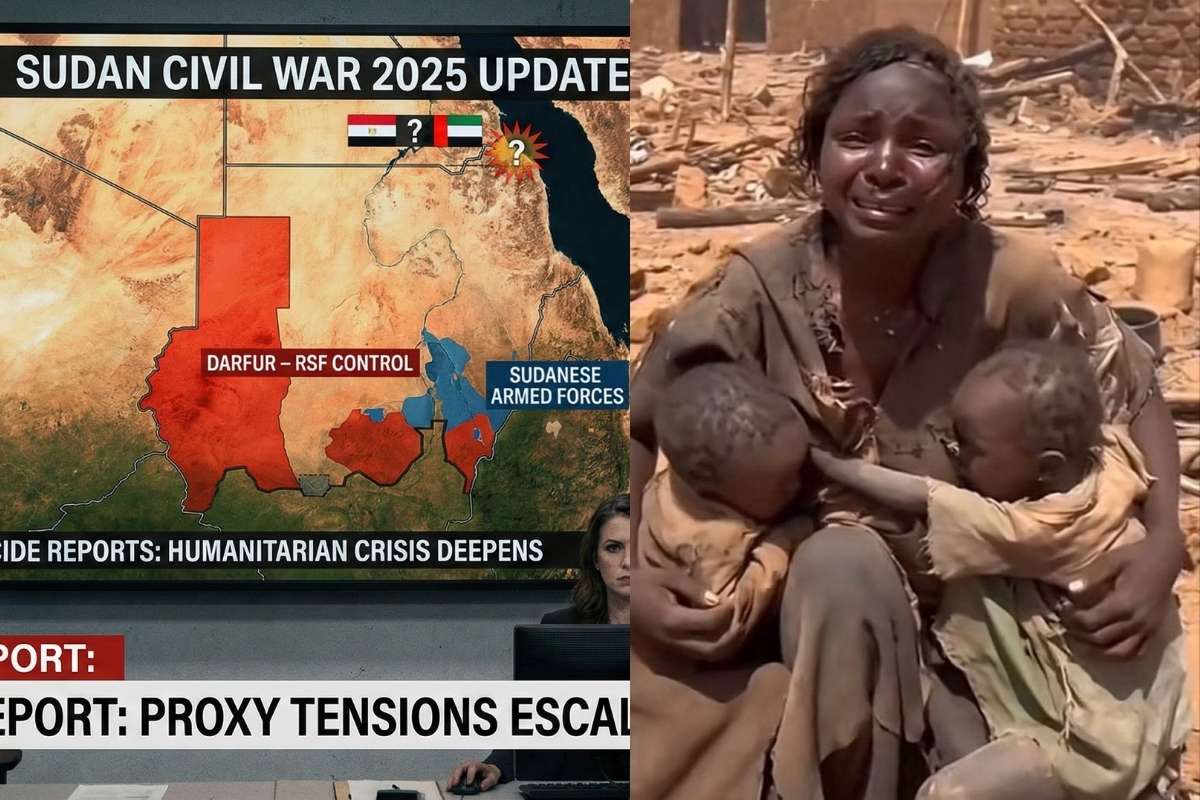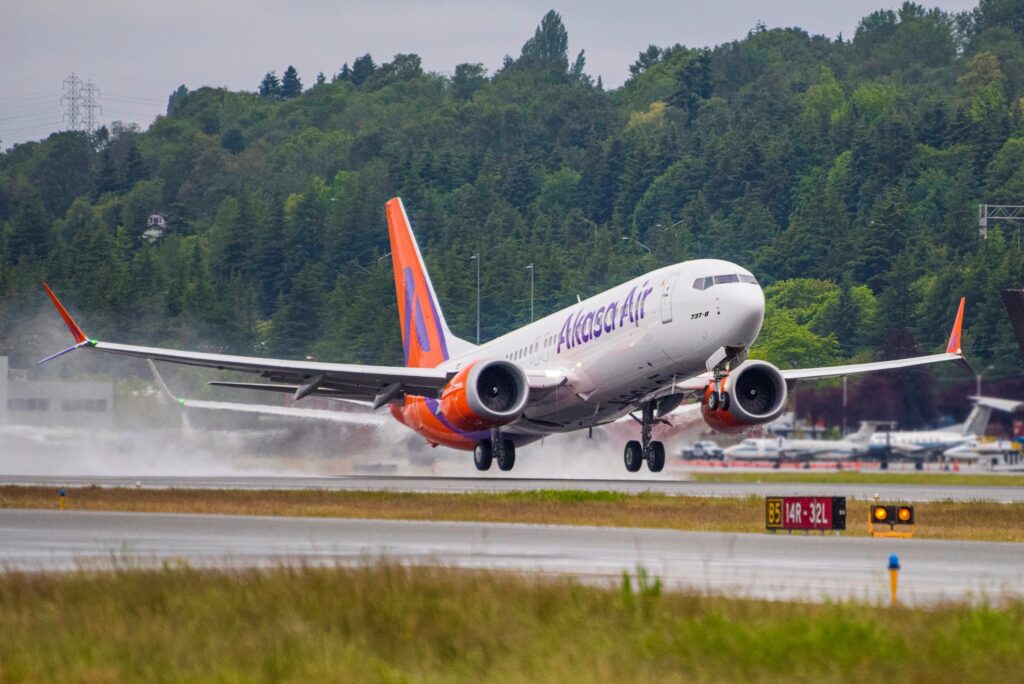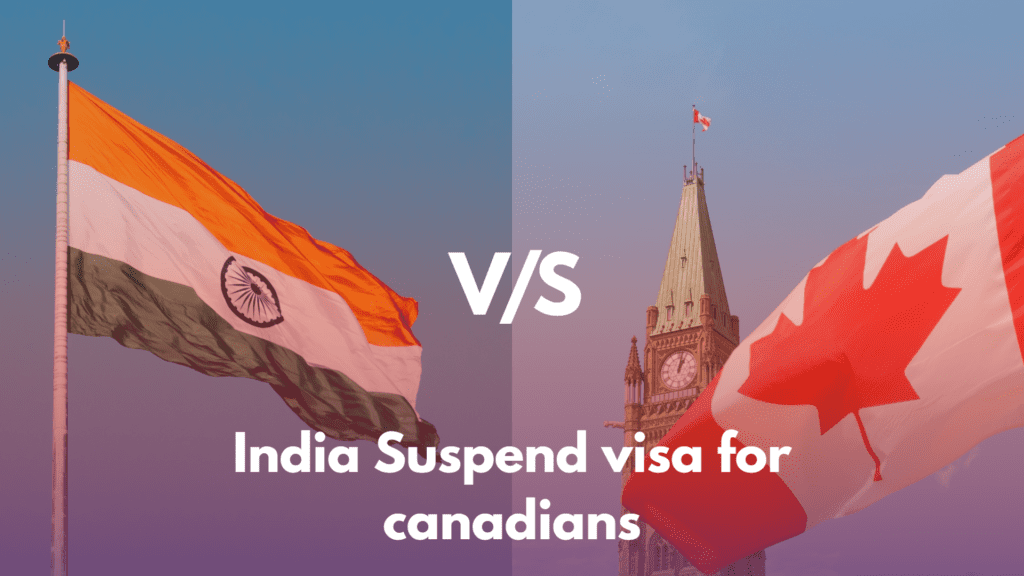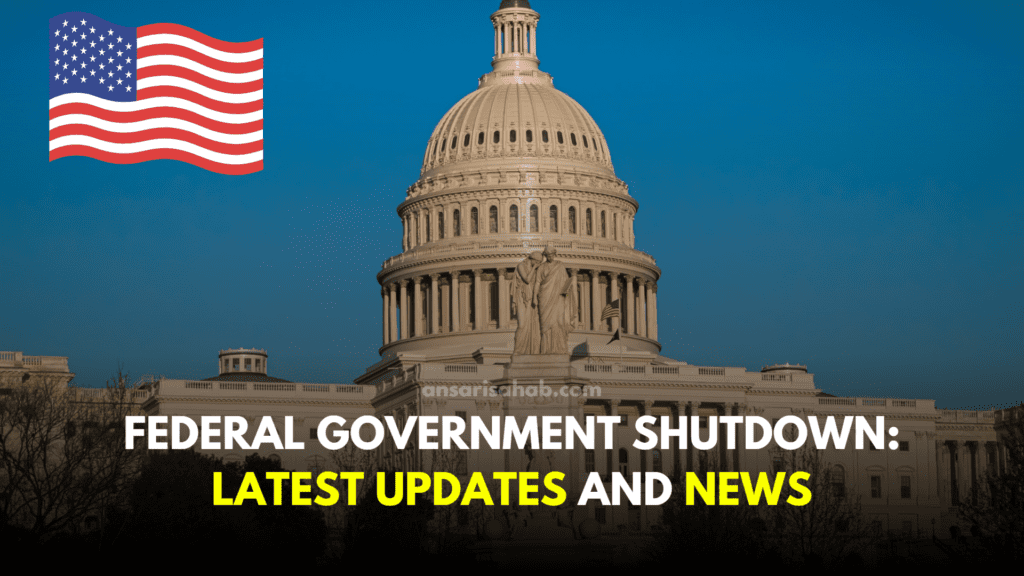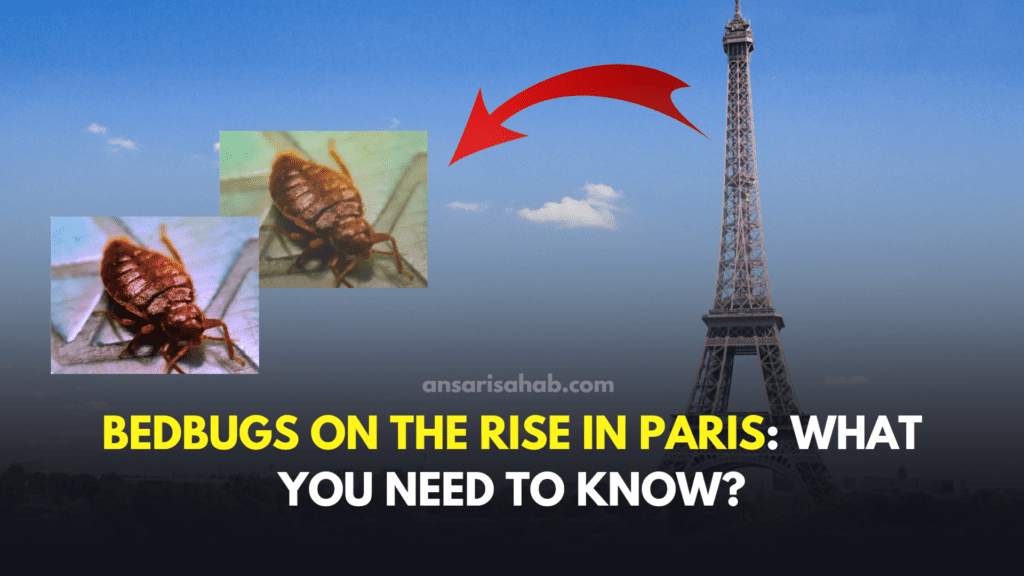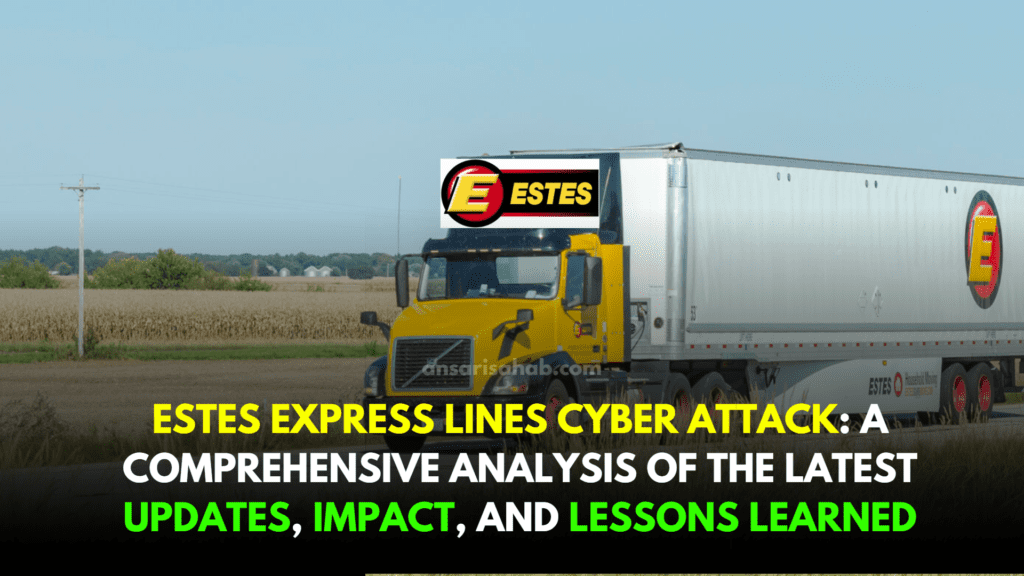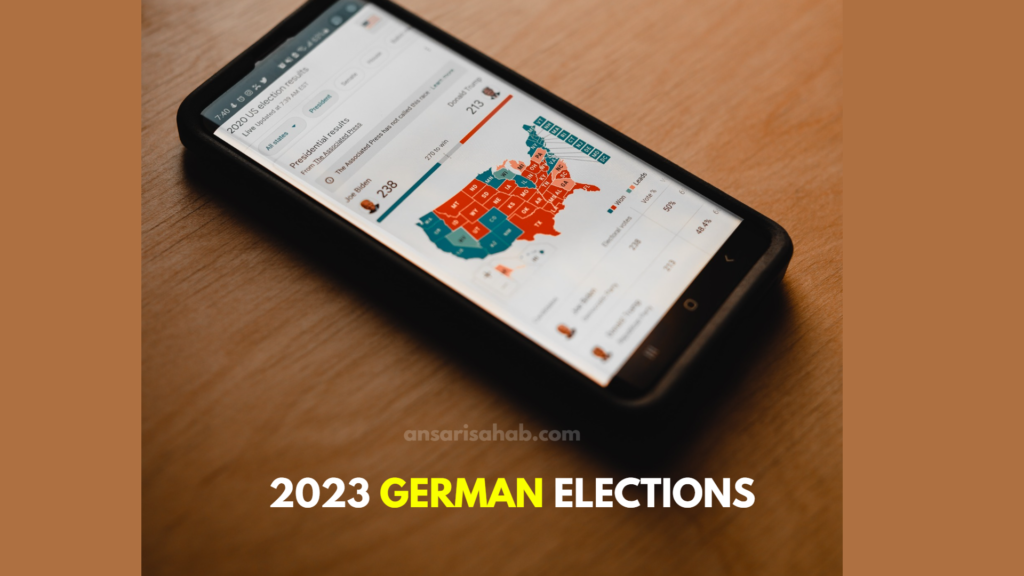Key Takeaways
- The Sudan war map is now sharply divided: the RSF (Rapid Support Forces) controls most of Darfur and western Sudan, while the SAF (Sudanese Armed Forces) holds much of the east and center.
- The RSF is attacking SAF primarily due to a power struggle between leaders — Gen. Hemedti (RSF) vs. Gen. Burhan (SAF) — dating back to the failed integration of paramilitary forces.
- Darfur genocide: RSF’s seizure of El-Fasher has triggered mass atrocities, including possible ethnic cleansing similar to the early-2000s Darfur genocide.
- The death toll: According to the UN Secretary-General, over 150,000 people have died, and more than 14 million displaced.
- Proxy war dimension: Regional powers are deeply involved — the UAE is backing the RSF; Egypt supports SAF.
- Safety in Sudan: Not safe. Many regions are highly contested, humanitarian access is severely restricted, and disease (e.g., cholera) is rampant.
- Religion / ethnic split: The conflict exacerbates long-standing ethnic tensions, especially in Darfur between Arab and non-Arab groups.
- Split from South Sudan: While South Sudan is independent (since 2011), ongoing instability there affects regional dynamics.
- Latest (November 2025): RSF now controls all of Darfur after taking El-Fasher; accusations of mass killings continue.
What’s Really Happening — A Deep Dive
1. Who Is Fighting Whom — And Why
- The war pits two major forces:
- SAF (Sudanese Armed Forces), led by Gen. Abdel Fattah al-Burhan.
- RSF (Rapid Support Forces), commanded by Gen. Mohamed Hamdan “Hemedti” Dagalo.
- The root cause is power. After the 2021 coup, there was supposed to be a merger of these forces as part of a transition deal, but it collapsed.
- The RSF evolved from the Janjaweed militias of Darfur, giving it deep roots in the western regions.
- External backing:
- UAE is widely believed to support RSF with weapons and funding.
- Egypt leans toward SAF.
- There are signs of fragmentation within RSF itself, increasing risk of splits and internal conflict.
2. Mapping the Conflict — Who Controls What (Sudan Civil War Map)
- According to Al Jazeera’s animated maps, there have been 11,000+ recorded conflict incidents between April 2023 and March 2025.
- Major hotspots:
- Khartoum: clash-heavy; SAF has regained parts of the capital.
- Gezira State (Wad Madani): strategic battles; SAF temporarily lost it but then recaptured.
- Darfur (especially North Darfur): RSF now controls El-Fasher, which gives it control over most Darfur.
- North Kordofan: RSF captured Baraa in late October 2025.
- The capture of El-Fasher is particularly symbolic: with it, RSF controls all five Darfur state capitals, raising fears of a de facto partition or parallel governance.
3. Humanitarian Catastrophe & Genocide Risk
- According to MSF, 8.7 million people face emergency or famine-level food insecurity.
- Cholera outbreak: Sudan is suffering a massive epidemic. As of Nov 2025, ~124,269 suspected cholera cases and 3,355 deaths reported.
- Mass atrocities in Darfur:
- Reports suggest RSF killed at least 1,500 people in 48 hours during its push into El-Fasher.
- U.S. has officially labeled RSF’s actions in Darfur as genocide.
- The UN has raised alarms over war crimes, including evidence of mass killings and sexual violence.
- Humanitarian access is blocked: The RSF is accused of obstructing aid, especially in Darfur.
4. Why Is the RSF Attacking SAF?
- Power vacuum: After the 2021 coup, there was a failed deal to merge military and paramilitary bodies — RSF resisted full integration, wanting autonomy.
- Economic motives: The RSF controls lucrative resources, including gold mines, which gives it cash and leverage. (This is widely discussed by analysts.)
- Regional backing: The RSF’s strength is amplified by outside support (UAE, possibly others).
- Ethnic and ideological dimensions: While not strictly ideological, there is an undercurrent of ethnic division — RSF’s roots in Arab tribes of western Sudan heighten tensions with non-Arab communities, especially in Darfur.
5. Is Sudan Safe Now?
- In short: No, large parts are not safe.
- Many regions remain contested, especially Darfur, North Kordofan, and Khartoum outskirts.
- Humanitarian access is severely limited; civilians are trapped, and aid delivery faces interference.
- Disease outbreaks (cholera, malnutrition) make the risk even greater.
- The capture of El-Fasher has uprooted massive populations; many civilians are hiding in underground trenches or trekking through the desert.
6. Religion, Ethnicity & the South Sudan Split
- Religious / belief context: Sudan’s legal system historically blended Sharia and customary law, especially in the northern states.
- Ethnic divides: A key feature of the conflict. In Darfur, RSF violence is disproportionately hitting non-Arab groups (Masalit, Fur, etc.).
- Split from South Sudan: South Sudan gained independence in 2011; though now separate, instability in Sudan and South Sudan still deeply affects cross-border dynamics.
- Proxy war layer: External powers (UAE, Egypt) are supporting different sides, layering the conflict with regional geopolitical stakes.
Why This Matters
- This isn’t just a domestic power struggle — it’s become one of the worst humanitarian crises of our time, with mass displacement, ethnic violence, and accusations of genocide at its core.
- The regional implications are huge: Egypt, UAE, even global powers are entangled. How this war resolves (or doesn’t) could reshape alliances in North/East Africa.
- For the international community, the risk is clear: continued inaction could deepen ethnic divisions, fuel famine, and allow a brutal paramilitary force to entrench itself.
- For policy makers and humanitarian groups, understanding who controls what (via the war map), and why this conflict is raging (not just “military vs militia”) is essential to crafting effective interventions.
Frequently Asked Questions (FAQ)
A: RSF’s campaign in Darfur, especially in El-Fasher, involves large-scale killings, ethnic targeting, and possible mass atrocities. The U.S. has officially labeled some of these actions as genocide, particularly against non-Arab ethnic groups like the Masalit. Their motive is a mix of power, control over territory, and resource extraction (Darfur has gold), combined with long-standing ethnic tensions.
A: As of late 2025, RSF controls almost the entire Darfur region, including El-Fasher. They’ve also made significant inroads into North Kordofan (e.g., Baraa), positioning themselves to challenge key SAF buffer zones. Meanwhile, SAF retains strongholds in central and eastern Sudan, including parts of Khartoum.
A: No. Many areas are actively contested and extremely unsafe. Civilians face mass displacement, starvation, cholera, and violence. Aid delivery is obstructed, especially in RSF-held areas. The risk for everyone — internally displaced, host communities, and humanitarian workers — remains very high.
A: The war has a clear proxy dimension:
UAE: Backing the RSF with material support; seen as a key external sponsor.
Egypt: More aligned with SAF, viewing the conflict as a way to influence Sudan’s future and maintain security interests.

